30 Easy Food Hacks That Will Save You Money Every Month
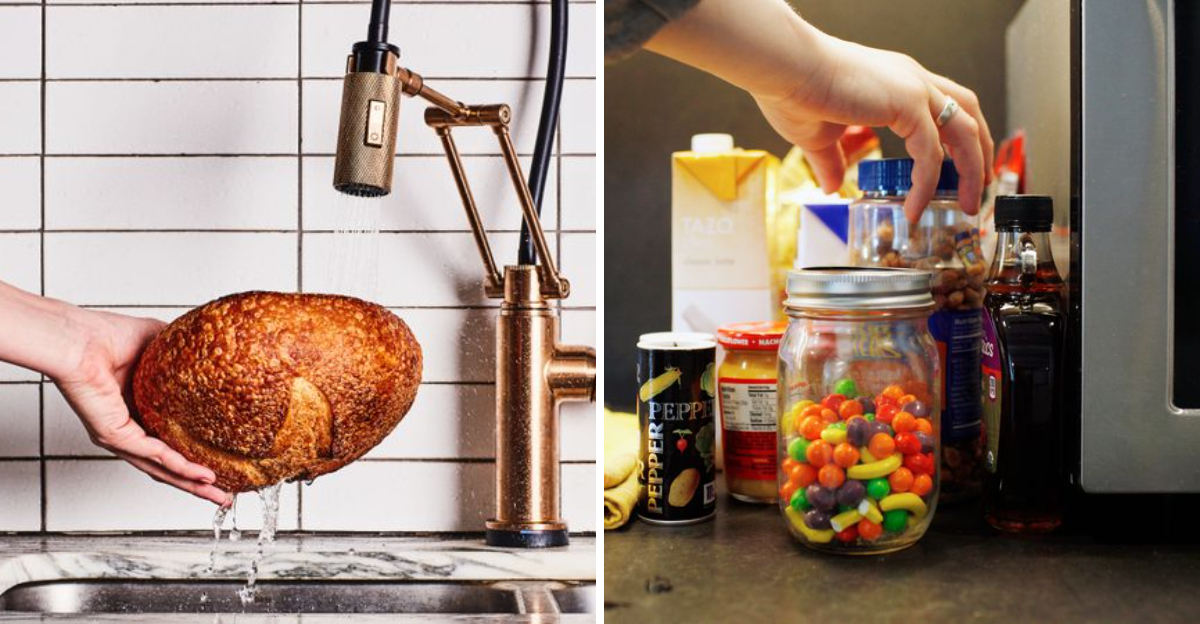
Discover simple and effective food hacks that not only make your meals delicious but also help you save money every month. These 30 easy tips will transform your kitchen habits, reduce waste, and ensure you make the most out of every grocery trip. Whether you’re a seasoned cook or a kitchen novice, these hacks offer practical solutions to common problems and can be easily integrated into your daily routine.
1. Freeze Leftover Herbs in Olive Oil or Butter
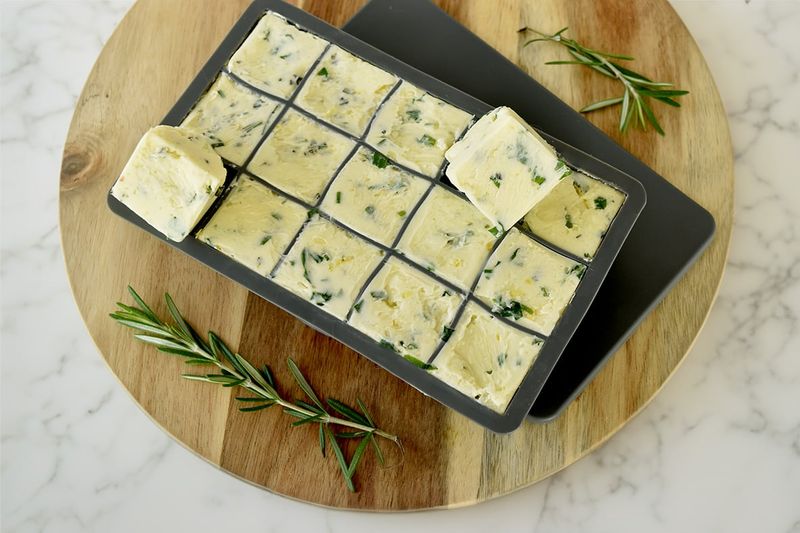
Fresh herbs often wilt before they’re fully used, but there’s a simple solution. By freezing them in olive oil or butter using ice cube trays, you preserve their vibrant flavors for future use. This method ensures that whenever you’re making soups or sautés, you have the perfect portions of herbs ready to go. Imagine the convenience of popping a cube into your dish, instantly infusing it with aromatic taste. Plus, it saves money by extending the life of your herbs, reducing waste and making meal prep more efficient.
2. Grate Your Own Cheese
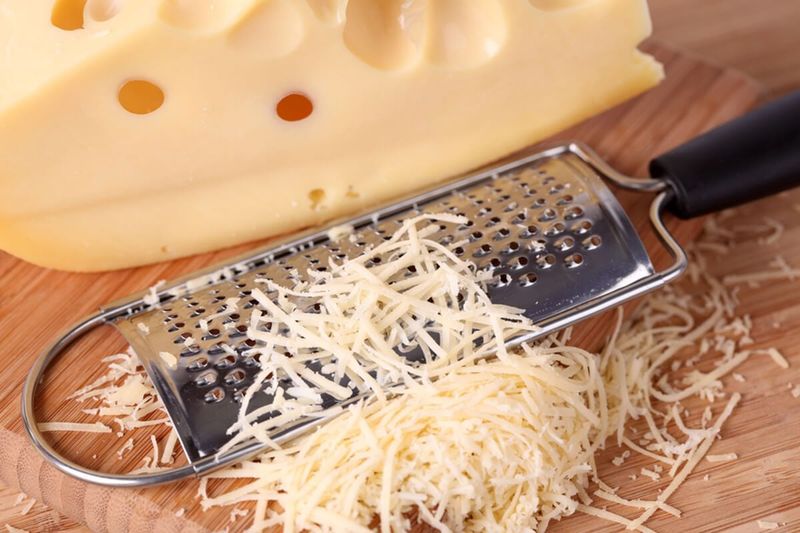
Cheese lovers rejoice! Grating your own cheese from a block is a smart way to save money. Pre-shredded cheese is often more expensive and contains anti-caking agents. By buying cheese in blocks, not only do you save on cost, but the flavor is also more robust. It becomes an enjoyable part of cooking, allowing you to control the texture and size of your shreds. Whether you’re topping pasta or making a gooey grilled cheese, freshly grated cheese enhances every meal.
3. Use What’s in Your Pantry First
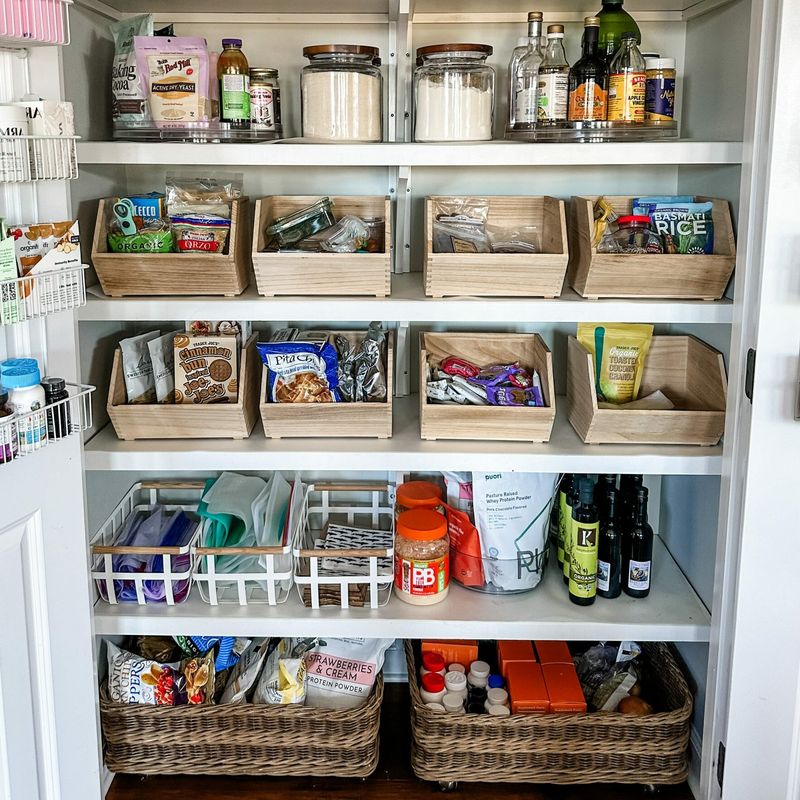
Before heading to the grocery store, take a moment to ‘shop’ your pantry. Many households accumulate excess food items, often forgetting what’s already available. By using pantry staples like rice, beans, and canned goods, you reduce unnecessary spending. This practice encourages creativity in the kitchen, challenging you to create meals from ingredients on hand, fostering a sense of resourcefulness. It’s a satisfying way to declutter, prevent food spoilage, and stretch your grocery budget further.
4. Make Broth From Scraps
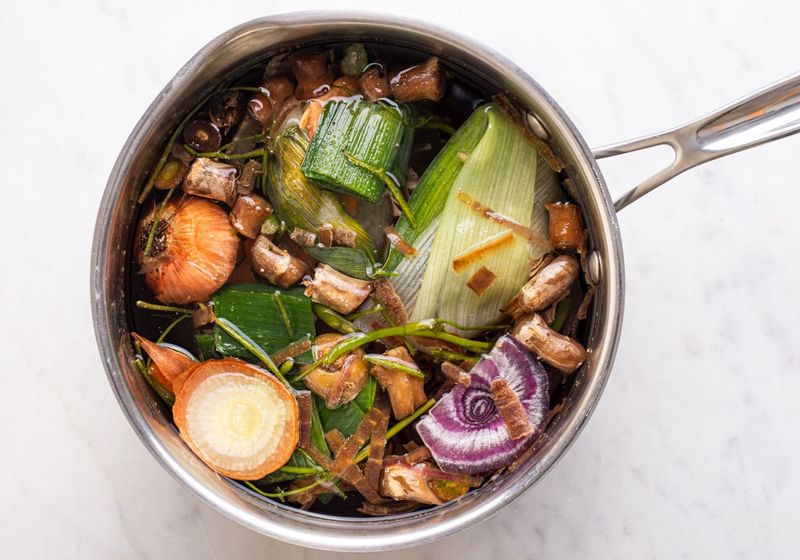
Transforming kitchen scraps into a rich broth is an environmentally friendly and cost-effective hack. Save onion skins, carrot peels, and celery ends in a freezer bag, and when it’s full, simmer them into a flavorful broth. Not only does this reduce food waste, but it also provides a homemade base for soups and stews. The process is as simple as boiling water, and the result is a nourishing liquid that enhances your dishes without the need for store-bought stock.
5. Buy Whole Chickens Instead of Pre-Cut
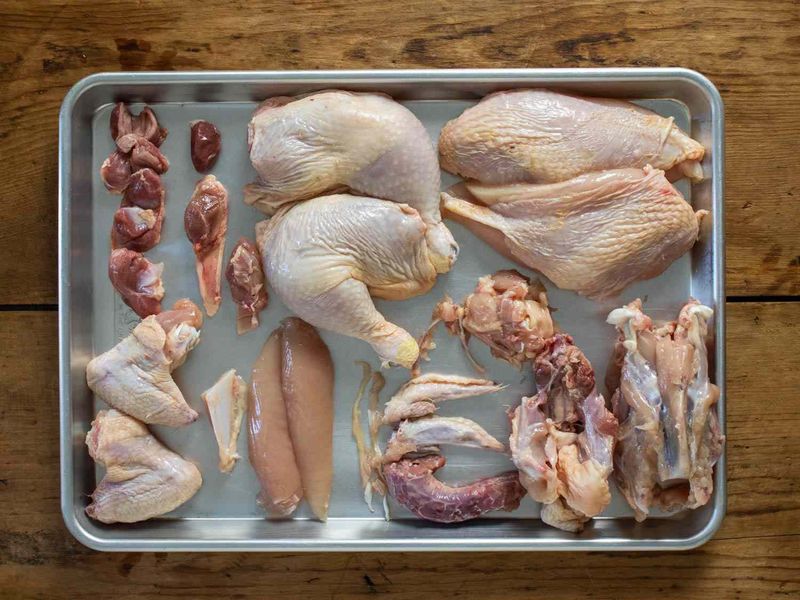
Purchasing whole chickens can be a game-changer for your budget. They’re cheaper per pound than pre-cut pieces, and with a little practice, you can learn to butcher them yourself. This not only gives you multiple meals but also provides bones for making stock. The versatility of a whole chicken means you can roast it for dinner, use leftovers for sandwiches, and still have parts for soups. It’s a sustainable and economical way to enjoy poultry while reducing food waste.
6. Plan Meals Around What’s On Sale
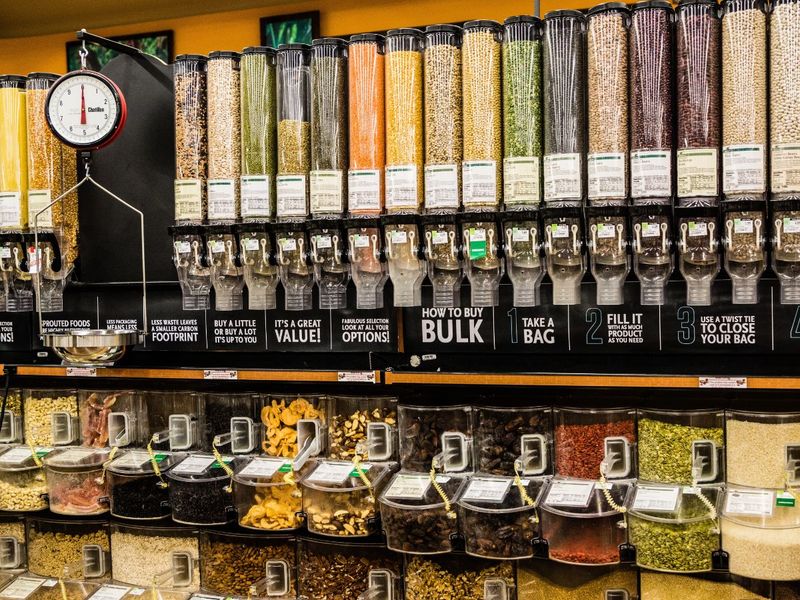
Meal planning based on sales is a savvy way to lower your grocery bills. Start by reviewing store flyers and identifying discounted items. This approach encourages flexibility in your weekly menu and introduces variety into your diet. It also challenges you to think creatively about meals, often leading to the discovery of new favorite dishes. By prioritizing what’s on sale, you maximize savings and build a meal plan that aligns with both your budget and taste preferences.
7. Portion and Freeze Meat Immediately
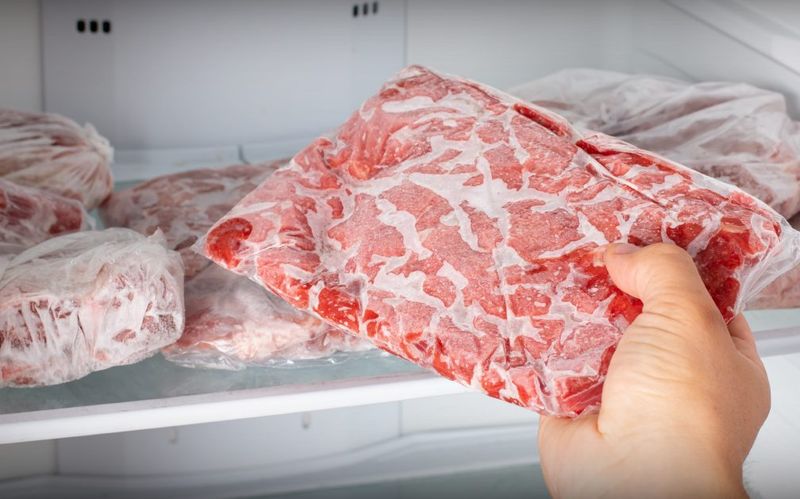
Bulk buying meat can save money, but only if stored correctly. Portioning and freezing meat immediately after purchase prevents waste and ensures freshness. By dividing larger packs into meal-sized portions, you simplify future cooking and avoid the dreaded freezer burn. Label each package with the date to keep track of freshness. This method not only extends the life of your meat but also makes meal prep more efficient, allowing you to enjoy quality ingredients without overspending.
8. Revive Stale Bread

Don’t toss that stale bread just yet! You can breathe new life into it with a simple trick. By spritzing water on the crust and warming it in the oven for about 10 minutes, the bread regains its softness and taste. This hack is perfect for loaves, baguettes, or rolls that have lost their freshness. Not only does it save money by reducing waste, but it also allows you to enjoy the comforting texture of freshly baked bread without making a new batch.
9. Use Every Bit of Your Produce
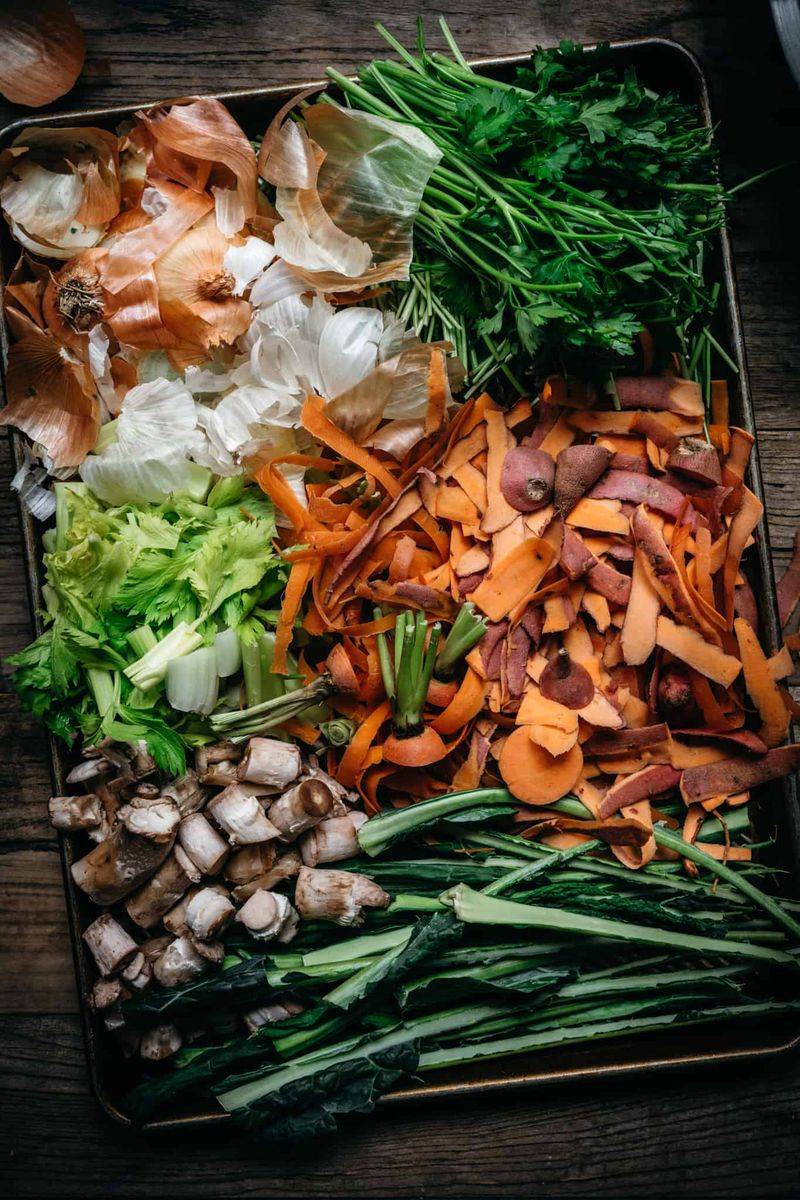
Unlock the full potential of your produce by using every bit of it. Often overlooked parts like broccoli stems, beet greens, and potato peels are edible and nutritious. Incorporating these into meals adds variety and reduces food waste. Broccoli stems can be sliced into stir-fries, beet greens sautéed as a side, and potato peels baked into crisps. This approach not only stretches your grocery budget but also introduces exciting textures and flavors to your dishes, elevating everyday meals.
10. Batch Cook and Freeze Meals

On a busy day, having ready-made meals in the freezer can be a lifesaver. Batch cooking involves preparing double recipes and freezing half for later. This hack saves time on hectic nights and reduces the temptation for pricey takeout. It allows you to enjoy home-cooked meals without the hassle of daily cooking. Plus, it cuts down on waste, as you can store portions that might otherwise spoil if not eaten promptly. It’s a smart and efficient way to manage meals and time.
11. Turn Overripe Fruit Into Smoothies or Baked Goods
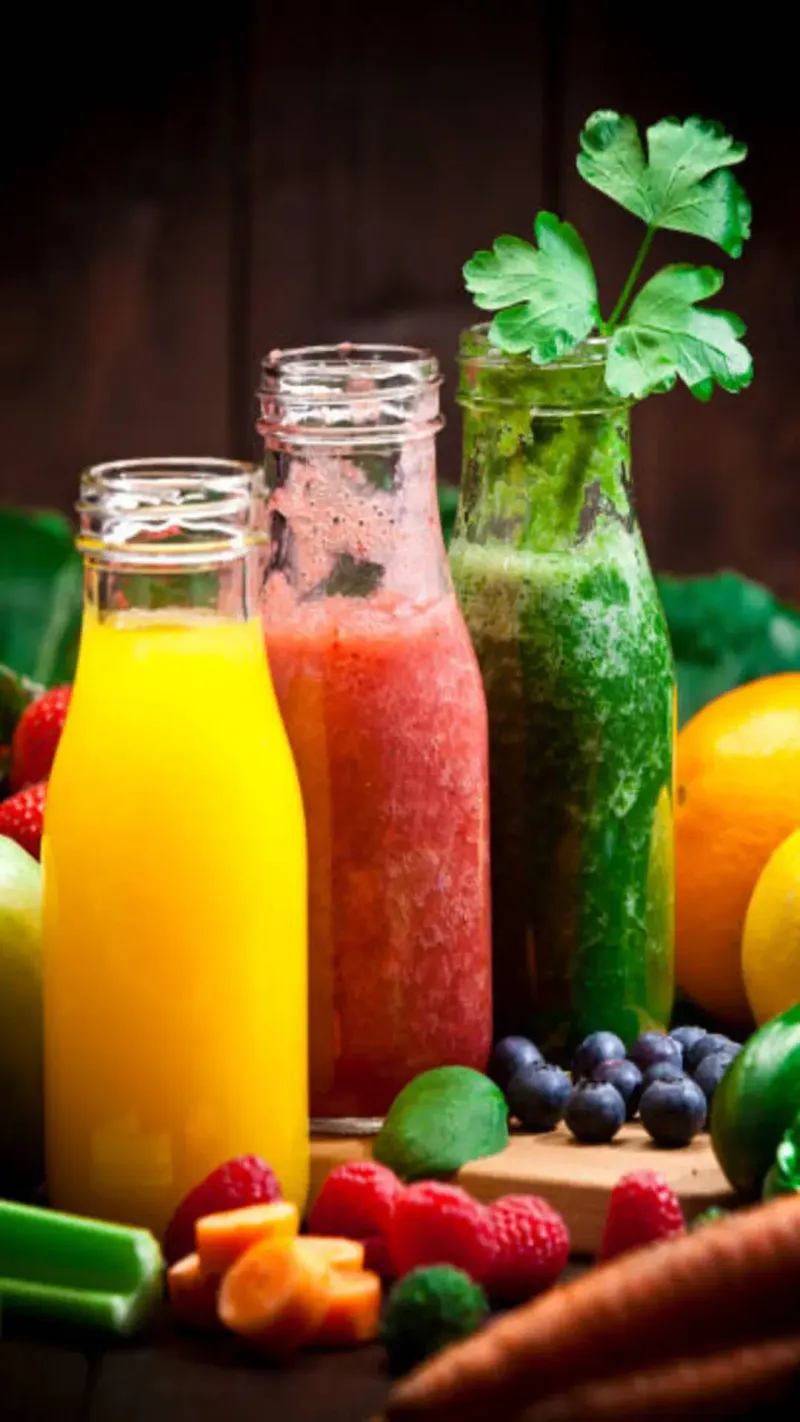
Overripe fruits may look unappealing, but they’re ideal for smoothies and baked goods. Bananas, peaches, and berries are rich in flavor when they reach peak ripeness. Blending them into a smoothie or incorporating them into muffins and pancakes transforms potential waste into delicious treats. The natural sweetness of ripe fruits reduces the need for added sugars, offering a healthier option. This hack not only prevents food waste but also provides a tasty way to enjoy fruits in new forms.
12. Buy Generic When It Makes Sense
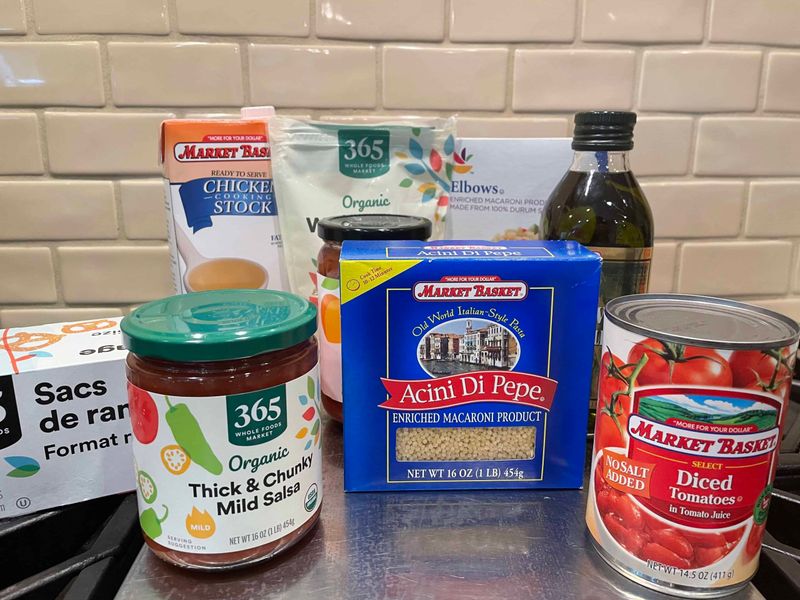
Choosing generic brands can lead to significant savings without compromising quality. Many store-brand products are made in the same factories as their branded counterparts. Items like cereal, canned goods, and dairy often taste identical, offering a budget-friendly alternative. By opting for generics, you cut costs while still enjoying the same quality. It encourages you to evaluate true value over brand loyalty, making grocery shopping a more economical experience.
13. Make Your Own Salad Dressing
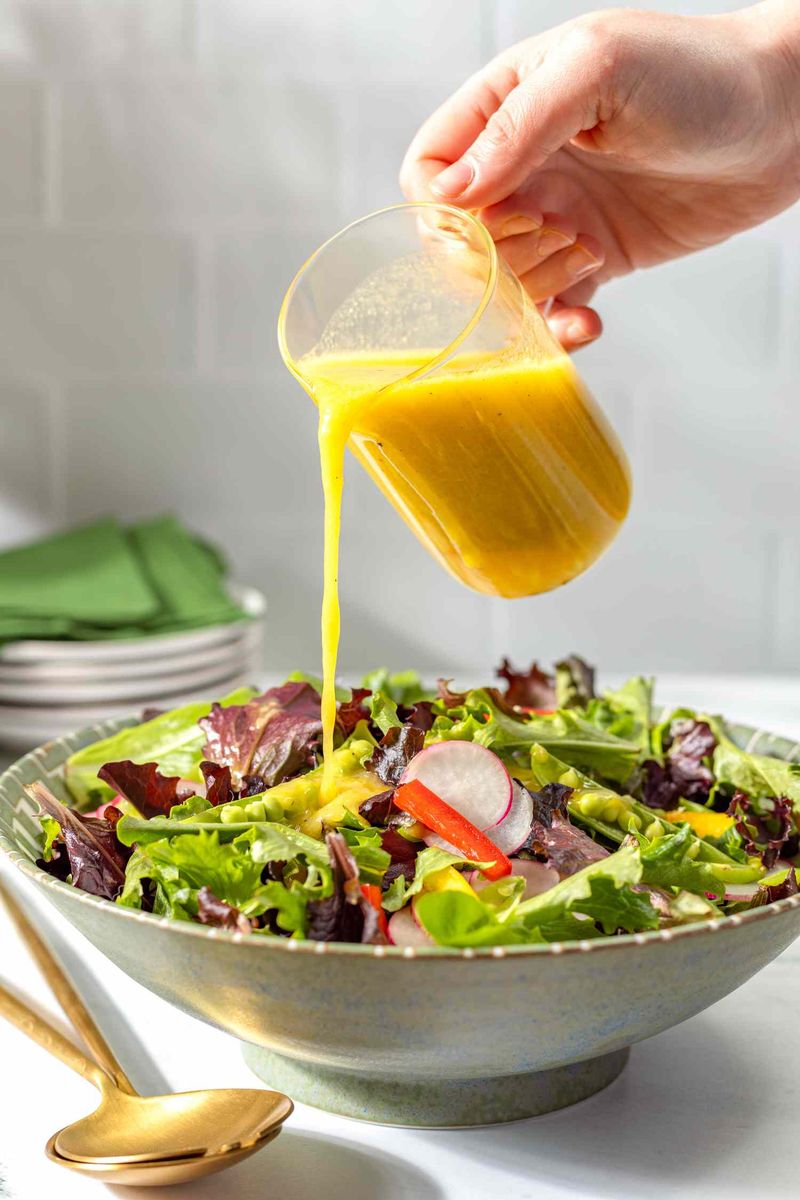
Bottled salad dressings are convenient but often pricey and filled with preservatives. Making your own is easy and economical. With simple ingredients like olive oil, vinegar, mustard, and herbs, you create a fresher, tastier dressing tailored to your preferences. This hack allows you to experiment with flavors, ensuring a perfect match for your salads. It cuts down on unnecessary packaging and lets you enjoy healthier, more flavorful meals, enhancing your dining experience while saving money.
14. Keep Snacks Out of Sight
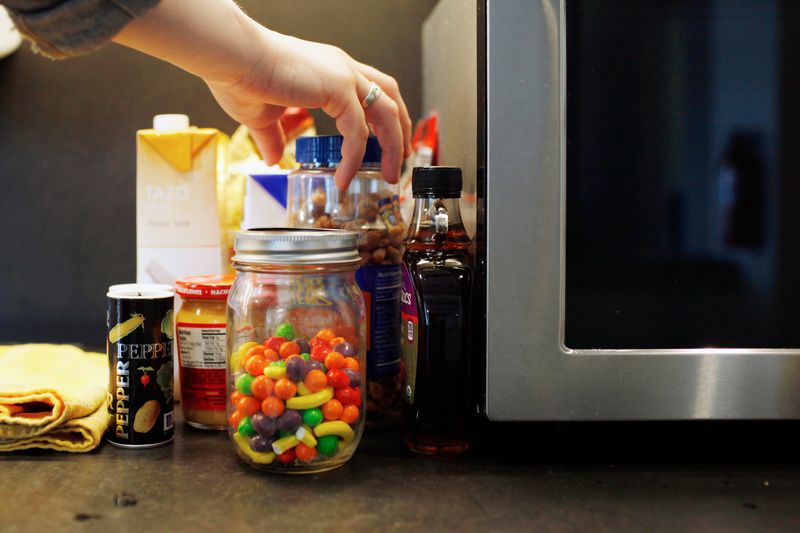
The visibility of snacks can influence consumption. By keeping them out of sight, you extend their lifespan and reduce impulse snacking. Store pricier treats in less accessible spots, prompting you to think twice before indulging. This practice helps control portions, manage snacking habits, and ensures that the treats last longer. It’s a subtle yet effective way to curb spending on snack replacements, fostering healthier eating habits and making your snack budget stretch further.
15. Buy Frozen Fruits and Veggies
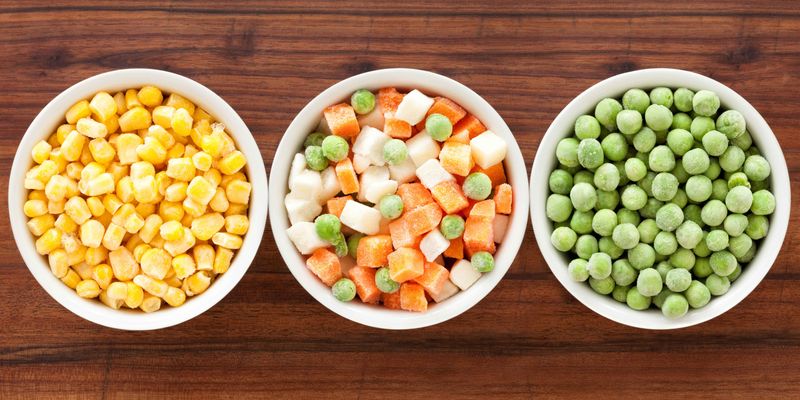
Frozen fruits and vegetables provide a nutritious and cost-effective alternative to fresh produce. They’re often picked at peak ripeness and flash-frozen, preserving nutrients. Buying frozen versions can be more economical, particularly out of season, and they reduce waste as they last longer than fresh. This flexibility allows you to enjoy a variety of produce year-round, adding convenience to meal prep and ensuring you always have healthy ingredients on hand.
16. Use a Whiteboard or List on the Fridge
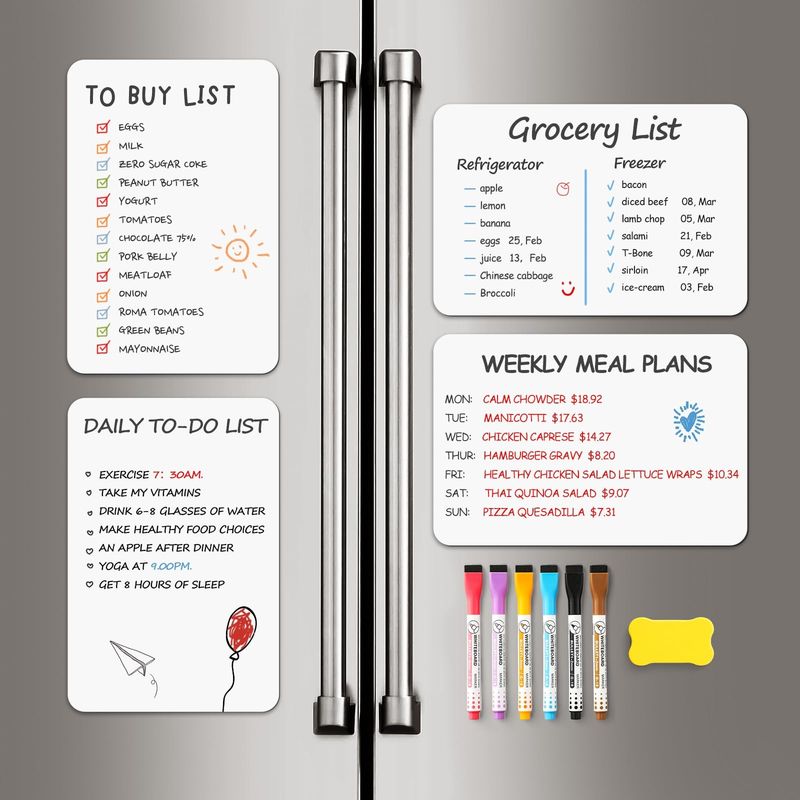
Keeping track of what’s in your fridge prevents food wastage. A whiteboard or list on the fridge door serves as a visual reminder of items nearing expiration. By noting which foods need to be eaten first, you’re more likely to use them before they spoil. This simple organizational tool helps reduce unnecessary grocery trips and encourages mindful consumption. It’s an easy way to manage your kitchen inventory, ensuring that every purchase is utilized effectively.
17. Make a Meatless Meal Once a Week
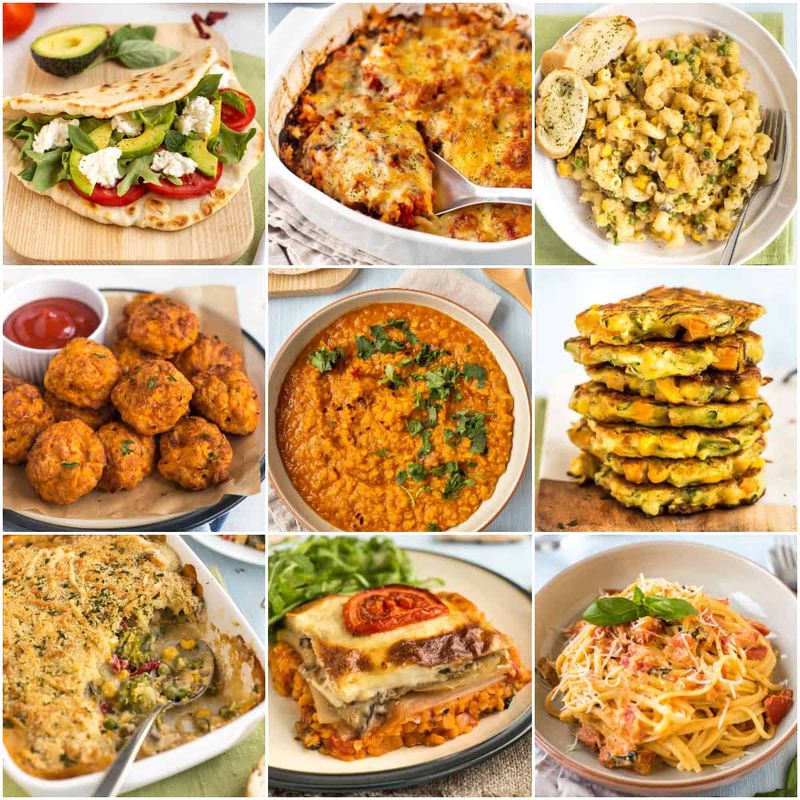
Incorporating a meatless meal into your weekly routine is both budget-friendly and health-conscious. Dishes centered around beans, lentils, or eggs offer satisfying protein and are typically less expensive than meat-based meals. This practice encourages culinary creativity, allowing you to explore diverse cuisines and flavors. Reducing meat consumption also has environmental benefits. By embracing meatless meals, you contribute to a more sustainable lifestyle without sacrificing taste or nutrition.
18. Use Leftovers Creatively

Leftovers can be more than reheated meals; they offer an opportunity for creativity. Transform last night’s roasted veggies into a frittata, wrap, or stir-fry. This approach not only reduces food waste but also introduces new flavors to your menu. It challenges you to think innovatively about meal prep, making the most of every ingredient. By reimagining leftovers, you save money and discover new family favorites, turning potential waste into culinary delights.
19. Grow Green Onions in Water
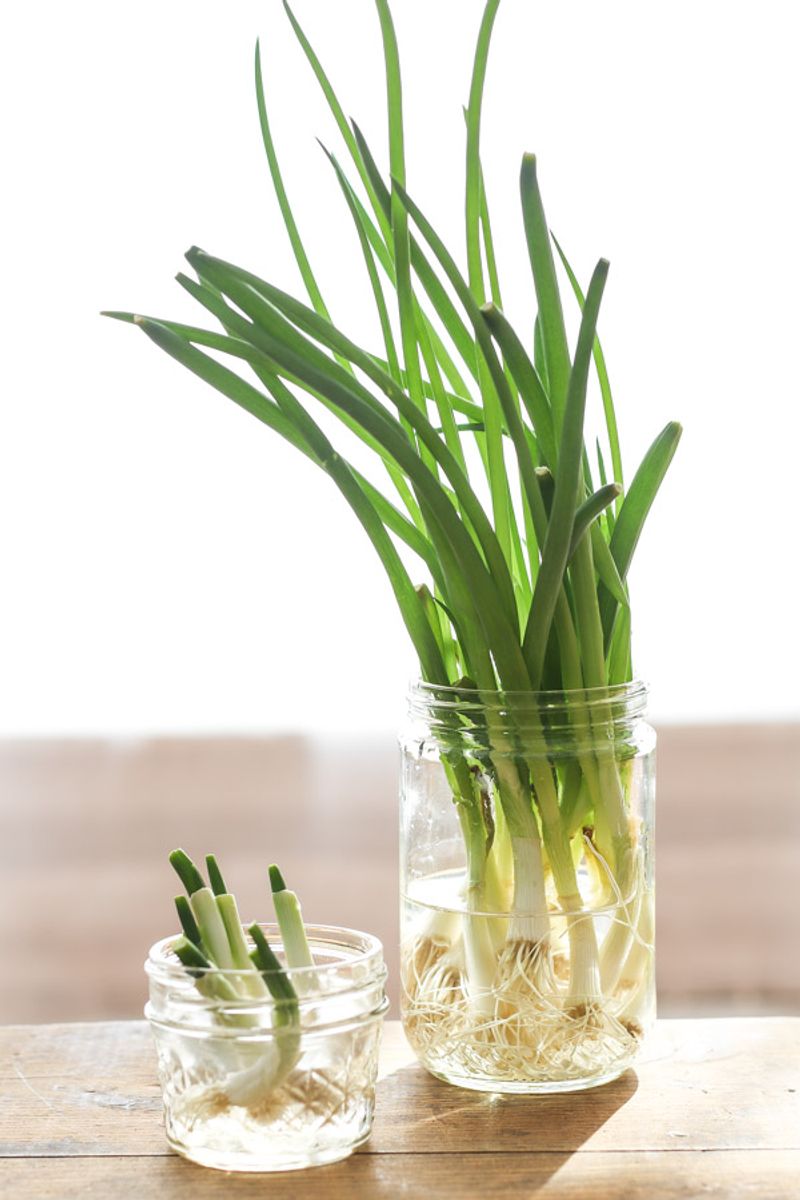
A simple hack for endless green onions involves regrowing them in water. Place the white root ends in a glass of water and watch them sprout. This perpetual growth means never running out of green onions, providing a fresh garnish whenever needed. The process is effortless and requires minimal space, making it ideal for any kitchen. This sustainable practice not only saves money but also brings a touch of nature indoors, enhancing your home cooking experience.
20. Store Food Properly
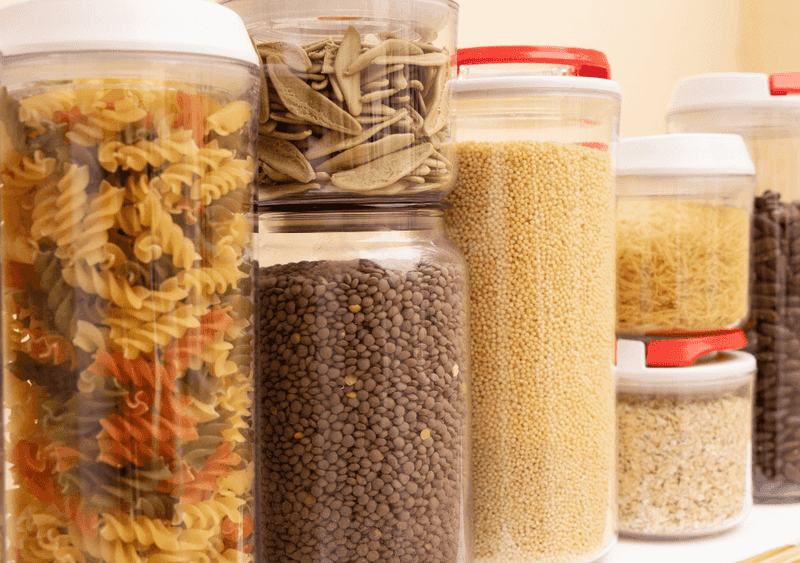
Proper food storage extends the life of your groceries. Using airtight containers for leftovers and wrapping cheese in wax paper keeps them fresh longer. Avoiding the mixing of certain produce types prevents premature spoilage. By organizing your fridge and pantry, you minimize waste and ensure that each item stays at its best. This attention to storage details makes a significant difference in food longevity, helping you get the most out of every shopping trip.
21. Buy In-Season Produce
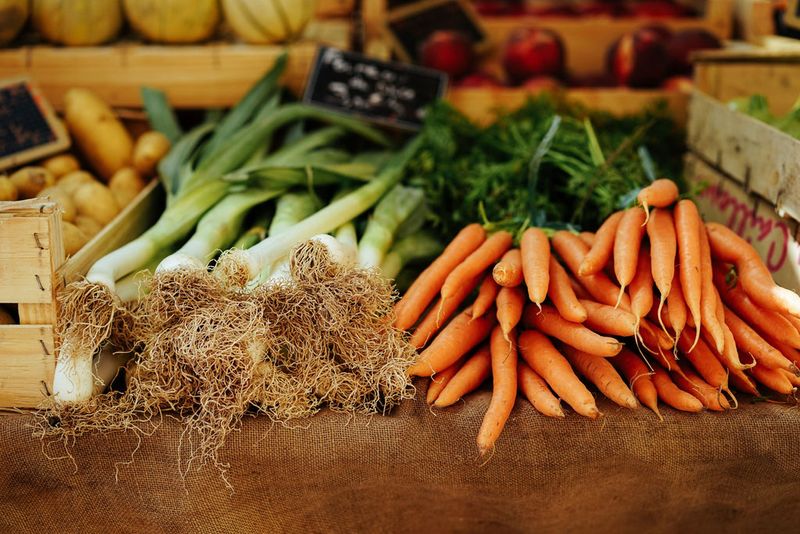
In-season produce offers the best in taste, freshness, and cost. When fruits and vegetables are in abundance, they’re often cheaper and more flavorful. Shopping at local markets or paying attention to seasonal sales can lead to delightful culinary discoveries. This approach not only supports local farmers but also ensures that you enjoy ripe, nutrient-rich produce. By aligning your shopping with the seasons, you enhance your meals while keeping expenses in check.
22. Don’t Toss Wilted Greens

Wilted greens don’t have to end up in the trash. Revive them by soaking in ice water, which restores their crispness. Alternatively, incorporate them into soups, smoothies, or pesto. These applications prevent waste and introduce unexpected flavors into your dishes. By finding ways to use greens past their prime, you save money and enhance your culinary repertoire. This practice encourages resourcefulness, making the most of your ingredients with minimal effort.
23. Make Your Own Breadcrumbs and Croutons
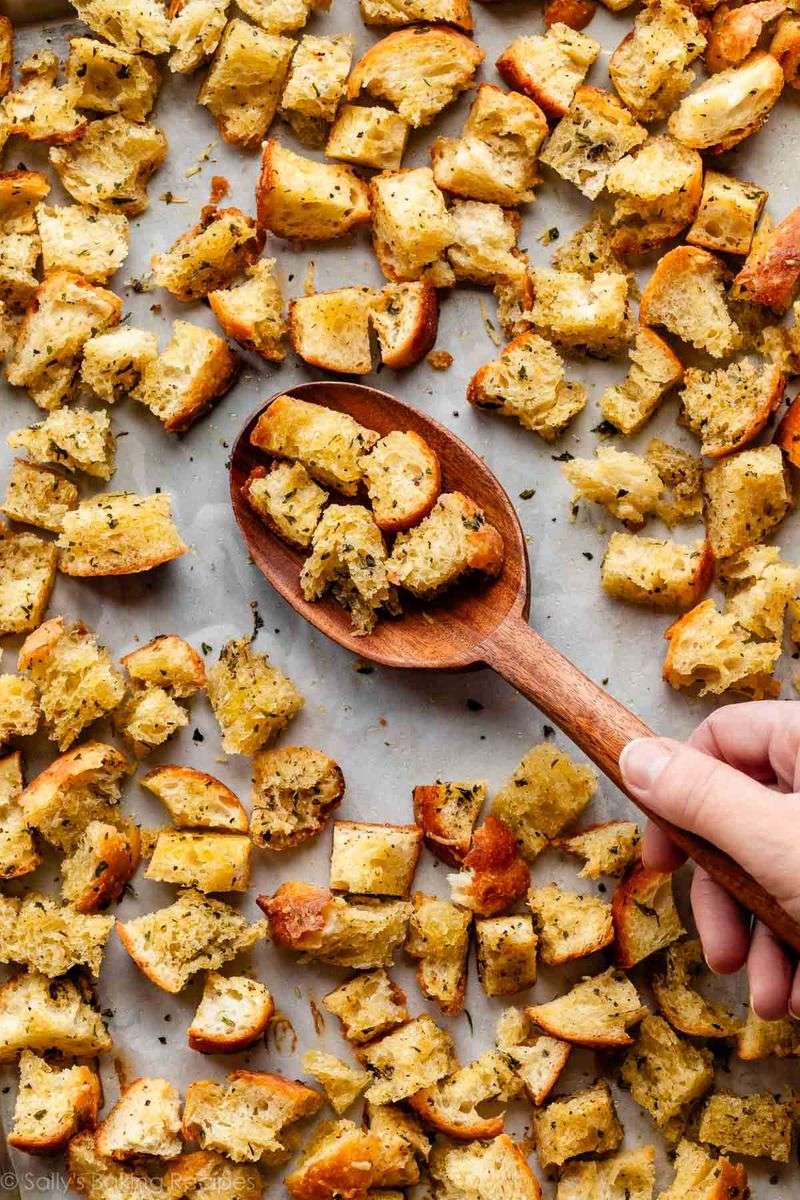
Stale bread transforms into delicious breadcrumbs or croutons with minimal effort. Simply cube or crumble, then bake until golden. These homemade versions are free from preservatives and customizable to your taste. Use them to add texture to salads, soups, or casseroles. This practice minimizes waste and allows you to enjoy a homemade touch in your meals. By rethinking what stale bread can become, you save money and enhance your cooking with new textures.
24. Keep an “Eat First” Bin in the Fridge

Prevent food spoilage by designating an ‘Eat First’ bin in your fridge. Place items close to expiring in this spot, ensuring they’re used before others. This organizational tool keeps your fridge tidy and reduces waste by prioritizing perishables. It’s a proactive step towards mindful consumption, encouraging you to make the most of every purchase. By maintaining this system, you enhance the efficiency of your kitchen, saving money and reducing food waste.
25. Drink More Tap Water

Opting for tap water over bottled drinks is both economical and environmentally friendly. Investing in a water filter ensures great taste, while flavored water with lemon or cucumber adds a refreshing twist. This simple switch reduces plastic waste and cuts costs significantly. By making tap water your primary beverage, you not only save money but also contribute to a greener planet. It’s a small change with a big impact on both your wallet and the environment.
26. Roast Veggies at the End of the Week
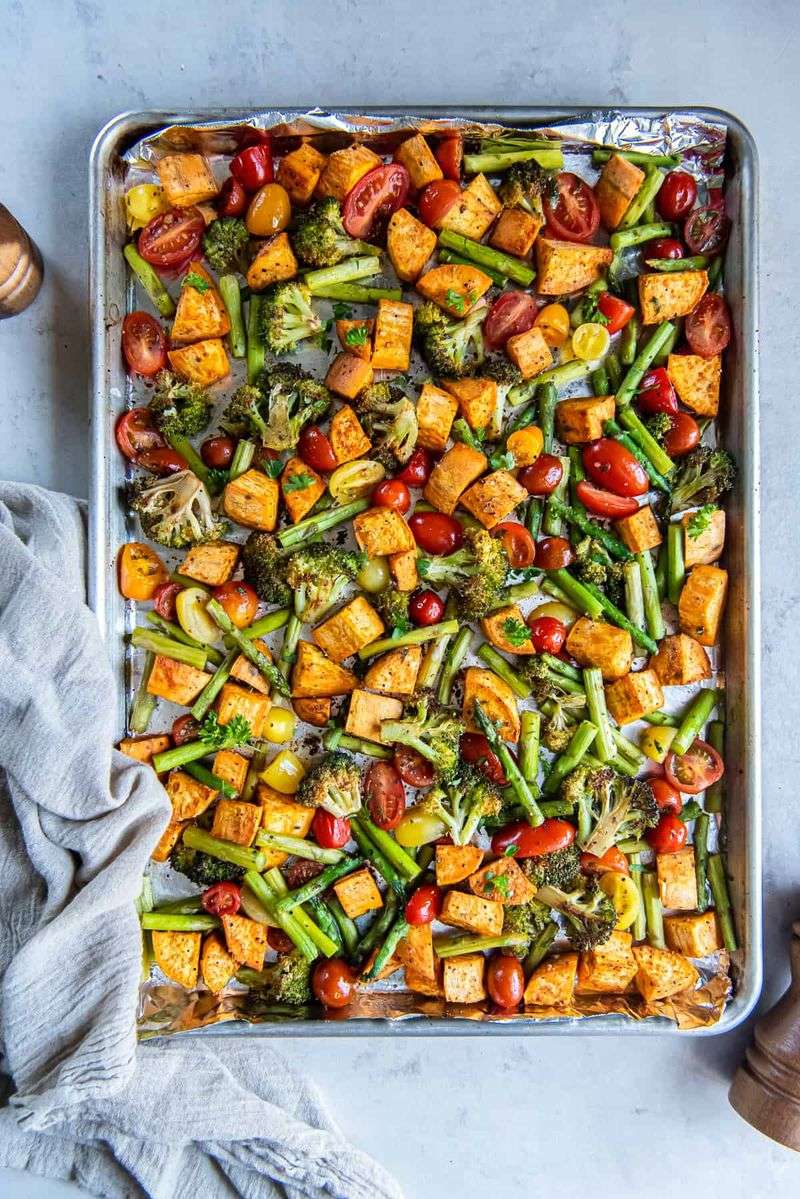
End-of-week veggie stragglers don’t have to go to waste. Roasting is an easy way to transform them into a delicious side dish or meal base. Toss whatever is left with olive oil and salt, then bake until caramelized. This technique enhances flavors and textures, making even the most humble vegetables shine. It encourages you to use up what you have, preventing spoilage and saving money. Roasting is a versatile and tasty way to enjoy next-to-expiring produce.
27. Use Coupons or Digital Deals — Strategically

Coupons and digital deals are valuable tools for savvy shoppers. However, using them strategically is key. Only apply coupons to items you already intend to buy, avoiding unnecessary purchases. This mindful approach ensures true savings, allowing you to take advantage of discounts without overspending. By integrating coupons into your shopping habits, you enhance your purchasing power and keep expenses in check, transforming shopping into a more economical and rewarding experience.
28. Repurpose Leftover Coffee Grounds
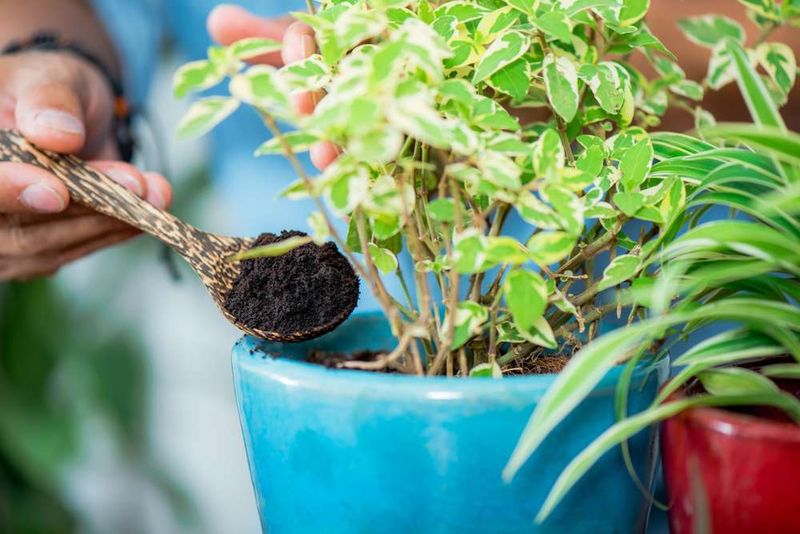
Ever wondered what to do with those leftover coffee grounds? They are more than just waste. Coffee grounds can be repurposed as a natural fertilizer for your plants. Rich in nitrogen, they help enrich the soil and promote healthy growth.
Add them to your compost pile or sprinkle directly onto the soil for best results. Besides gardening, they can also act as natural deodorizer for your fridge.
Did you know? Coffee grounds are also effective at repelling insects. By reusing coffee grounds, not only do you save money, but you also contribute to a more sustainable lifestyle.
29. DIY Flavored Vinegar

Transform ordinary vinegar into a gourmet ingredient with just a few simple steps. By infusing vinegar with herbs, fruits, or spices, you create a personalized flavor profile that elevates your dishes.
Use rosemary, raspberries, or garlic to make a unique vinegar that can be used for salads, marinades, or even cocktails. The process is simple and cost-effective, allowing you to make use of leftover herbs or fruits.
Store your creations in decorative bottles to add a touch of elegance to your kitchen. With DIY flavored vinegar, you’re not just saving money; you’re enhancing your culinary experience.
30. Utilize Cabbage Versatility

Cabbage is a versatile and budget-friendly vegetable that can be transformed into various delightful dishes. From hearty cabbage rolls to refreshing coleslaw, this humble vegetable does it all.
It’s perfect for those looking to save money without sacrificing nutrition. Rich in vitamins and fiber, cabbage can be stored for extended periods without spoiling.
Experiment with different recipes like cabbage soup or stir-fry to keep your meals exciting. Did you know that cabbage was used by ancient sailors to prevent scurvy on long voyages? Embrace its versatility and savor the savings.
